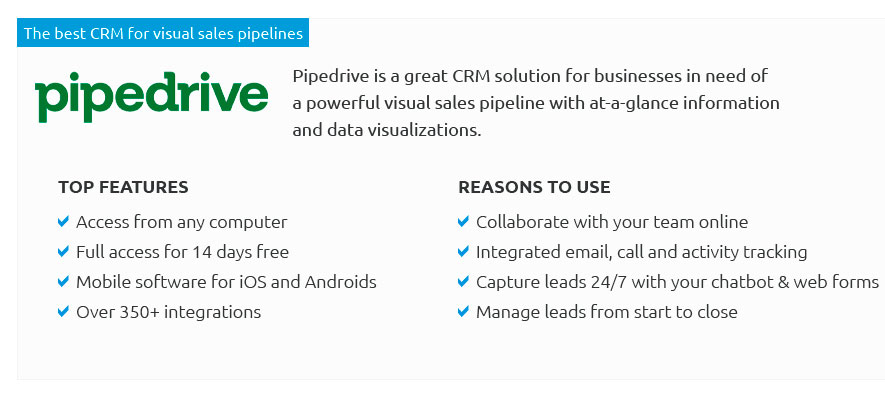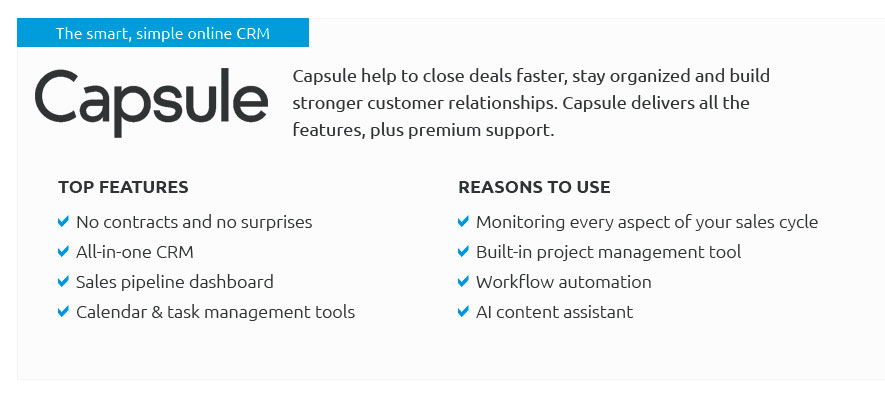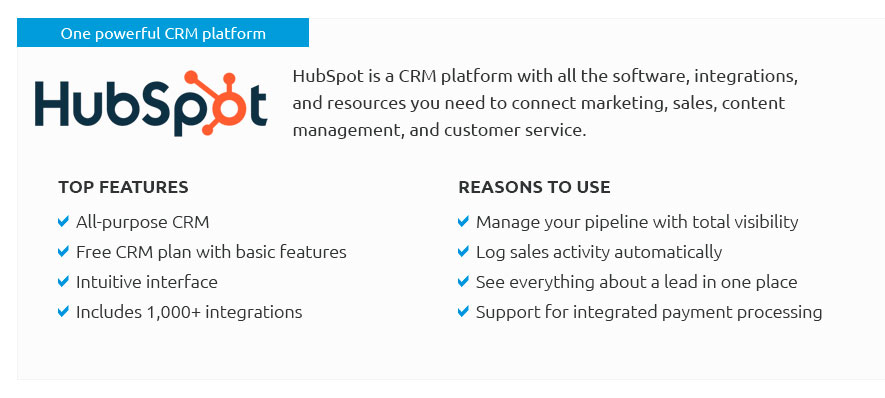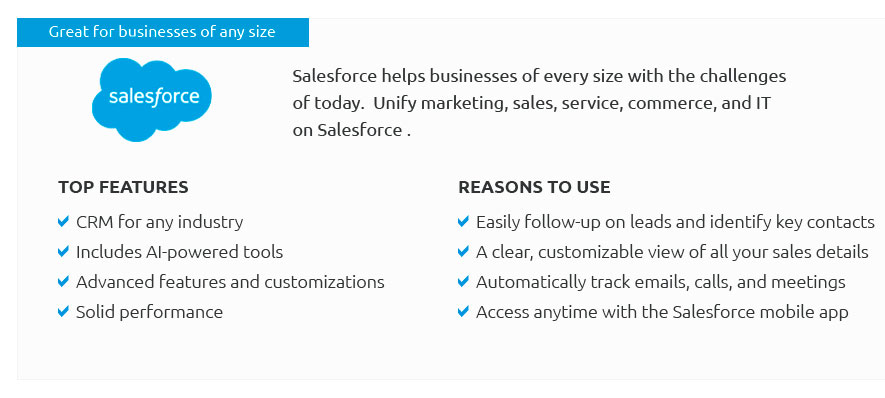 |
 |
 |
 |
 |
 |
|
 |
|
 |
|
 |
|
 |
|
 |
|
 |
 |
Exploring the CRM for Outlook App: Navigating Available OptionsIn the ever-evolving landscape of business technology, integrating Customer Relationship Management (CRM) systems with tools we already use daily can significantly enhance productivity and user experience. One such integration that has gained considerable traction is the CRM for Outlook app. This tool promises to seamlessly blend your email correspondence with customer data management, offering a streamlined approach to handling business communications. But what can users truly expect from this integration, and how can it benefit your organization? Firstly, let's delve into the primary benefits of using a CRM for Outlook app. At its core, this integration is designed to synchronize your email and CRM systems. This means that every email sent or received is automatically logged into your CRM. No more manual data entry, which can be time-consuming and prone to errors. It enables sales and customer service teams to have all their interactions recorded, ensuring that everyone is on the same page regarding customer communications. Furthermore, a CRM for Outlook app often provides real-time updates. As soon as an email is received or sent, the CRM is updated, providing your team with the latest information. This feature can be particularly beneficial for organizations with remote teams or those that operate in different time zones, as it ensures that all team members have access to the most current data at any given time. Another notable aspect is the ability to access CRM data directly from your Outlook interface. This feature allows users to view customer history, upcoming tasks, and sales opportunities without having to switch between different applications. This not only saves time but also reduces the cognitive load on employees, allowing them to focus more on their core responsibilities rather than administrative tasks.
Despite these benefits, it's essential to acknowledge that not all CRM for Outlook apps are created equal. Users should be prepared to navigate a variety of options, each with its own set of features and limitations. When selecting a CRM app, consider factors such as ease of use, integration capabilities, customization options, and, importantly, customer support. A robust support system can be a lifesaver when technical issues arise, ensuring minimal disruption to your operations. Moreover, while the integration promises to reduce manual data entry, it's crucial to ensure that your team is trained on how to use the system effectively. Change management can be a hurdle, and without proper training, the full benefits of the CRM for Outlook app may not be realized. In conclusion, the CRM for Outlook app offers a compelling solution for businesses looking to enhance their customer relationship management processes. While the integration can provide significant advantages in terms of efficiency and data management, careful consideration and implementation are key to unlocking its full potential. As businesses continue to adapt to the digital age, tools like these will become increasingly vital in maintaining competitive advantage and delivering exceptional customer service. https://blog.hubspot.com/sales/crm-for-outlook
Best Overall: HubSpot CRM - Best for Account Managers: Insightly - Best for B2B Teams: Salesflare - Best for Large Teams: Microsoft Dynamics 365 ... https://learn.microsoft.com/en-us/dynamics365/outlook-app/overview
Use Dynamics 365 App for Outlook and tap the power of Dynamics 365 apps while using Outlook on the desktop, web, or mobile. https://appsource.microsoft.com/en-nz/product/office/WA200002282?tab=Overview
i CRM for Outlook is a cloud-based CRM that displays inside of Outlook inbox on in any browser and on MOBILE VIA the Outlook Mobile App. This flexible and ...
|